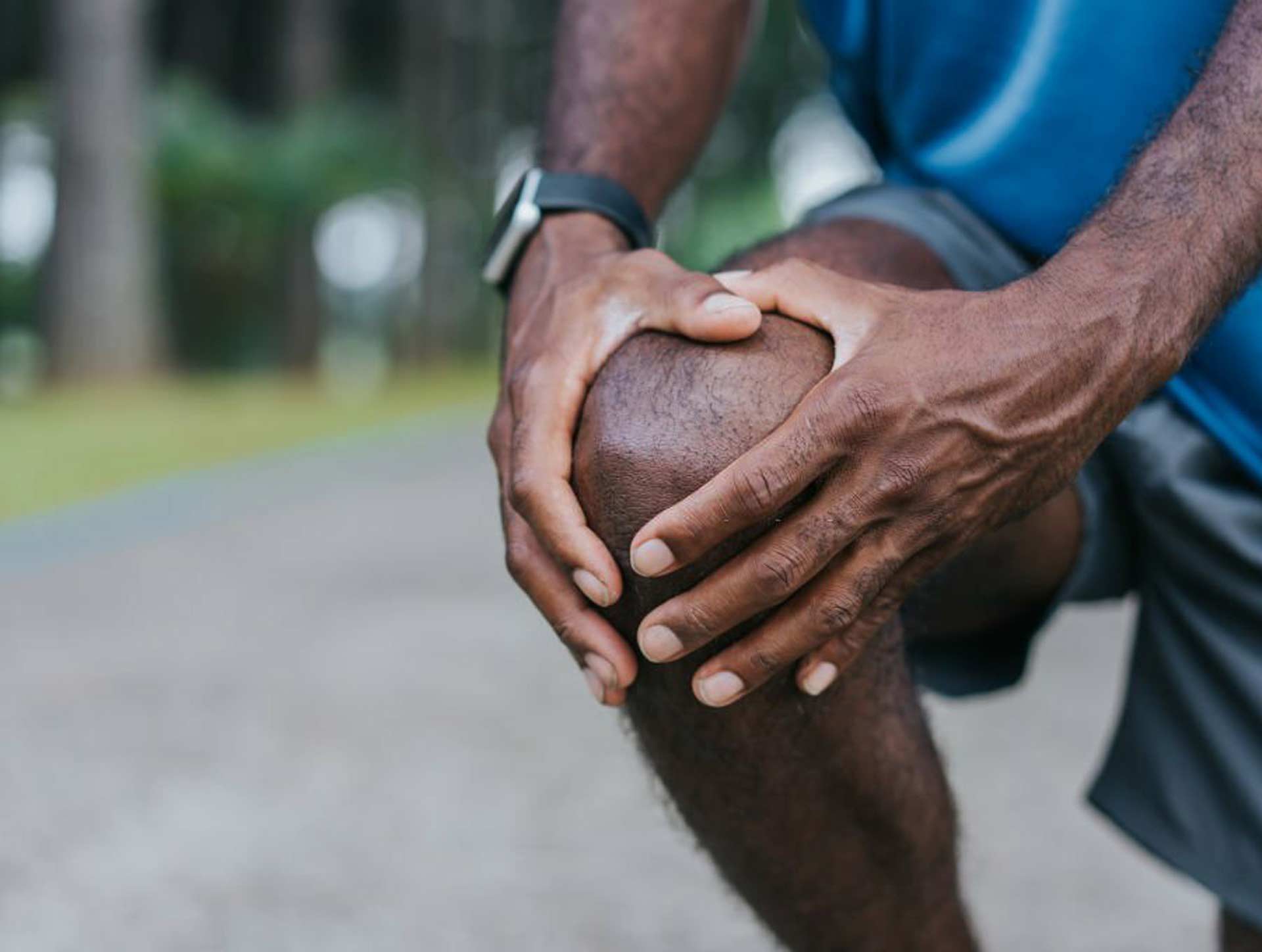
October 25, 2023 | 3 Mins Read
TABLE OF CONTENTS
When you've sprained your knee, one of the first questions you might have is: "How long will it take to heal?" Knee sprains, which refer to damaged or overstretched ligaments, are a common concern, especially among athletes and active individuals. Here's a detailed look at what a knee sprain entails and the factors that influence recovery time.

A knee sprain occurs when the ligaments – the stretchy bands that bind our bones together – get stretched beyond their limit or tear. This often happens due to sudden movements or impacts, such as:
There are four main ligaments in the knee:
The recovery time for a sprained knee varies depending on several factors including the severity of the sprain, the specific ligament affected, the patient's overall health, and how well they follow treatment recommendations. Here's a general breakdown based on the severity of the sprain:
In all cases, consulting with a healthcare professional is crucial. They can offer guidance tailored to your specific injury and needs. Also, keep in mind that even after the pain and swelling have subsided, the knee might not be fully healed. Returning to intense physical activity too soon can risk re-injury.

The MCL ligament connects the thigh bone to the shin bone. Damage to this ligament often results in pain and instability. For minor MCL sprains, recovery can take around six weeks. However, severe injuries might take longer, especially if other ligaments are involved.
Symptoms of an MCL sprain include pain, swelling, and bruising. Some may find walking or routine activities painful. The recovery duration will largely depend on the injury's intensity and the affected ligament's condition.
Recovering quickly from a knee sprain requires a combination of appropriate medical treatment and self-care strategies. Here are some steps to optimize your recovery:
While these tips can help expedite the recovery process, it's crucial to remember that healing takes time. Patience, combined with proactive care, will lead to the best outcomes.
Walking on a sprained knee depends on the severity of the injury and the level of pain and discomfort you're experiencing. Here's a general guideline:
In any case, if you're unsure about your ability to walk on a sprained knee, it's best to consult a healthcare professional. They can evaluate the severity of the sprain and provide guidance on whether walking is safe and appropriate for your specific situation. Walking on a sprained knee without proper care and advice could potentially worsen the injury and prolong the recovery process.
Patience, diligence, and a well-structured approach to rehabilitation are key components in ensuring a successful recovery. While timelines may vary, the overarching message remains clear: allowing adequate time for the injured knee to heal, coupled with appropriate medical guidance and rehabilitation efforts, will pave the way for a stronger, more resilient knee in the long run.
References
Author

Claire Evans worked as the content marketing manager at Koprez. Claire combined a background of writing and editing, marketing, and patient education to best serve consumers, fitness enthusiasts, athletes, and anyone who relies on the Koprez brand for helpful information.
Koprez® Featured Products


"I sprain my wrist super often, so I decided to try out this sleeve. This is game-changing! I've been using it for a while now, and my wrists feel amazing. I haven't gotten in any injuries since using it too. It just makes my wrists feel so supported."
Alexis A.
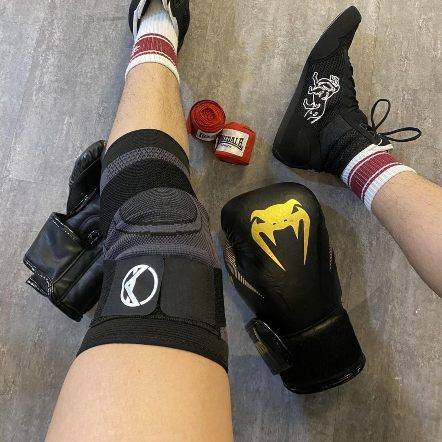

"Use this for my boxing training. It is a very comfortable brace and does not move out of position during skipping ropes and sparring sessions. I use it while running too. Probably the best brace I've purchased throughout the years. It is very flexible. Makes me look like a pro! :)"
Samuel L.


"I've just got back to running after a couple of years of being plagued by injury. These compressions socks are helping give me peace of mind while I build up my distance again. They are the perfect level of compression, super comfy, and very high quality. Feel great while on a run, and looks great in the orange colour I have!"
Dave R.
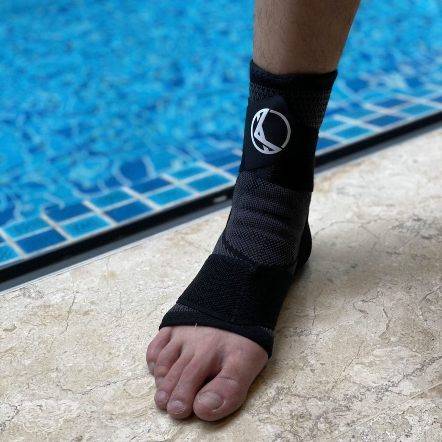

"I have a weak ankle, and the Koprez ankle sleeve has been a lifesaver. Wear it every day. Super breathable and comfortable. Like wearing a cool sporty looking sock!"
James F.
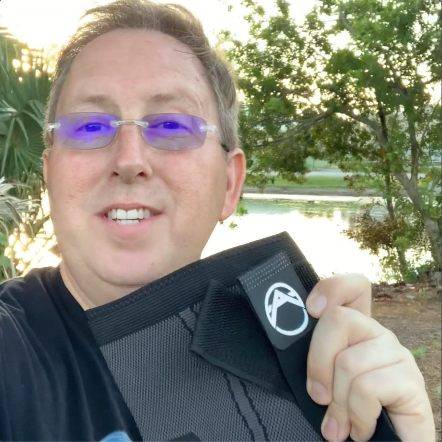

"This is the best knee sleeve I've ever tried. It's now a must-have for all my exercises. A few years ago, I had an accident that damaged my knees, but with Koprez I can be active again with no knee pains at all. It's been truly amazing!"
Alex M.
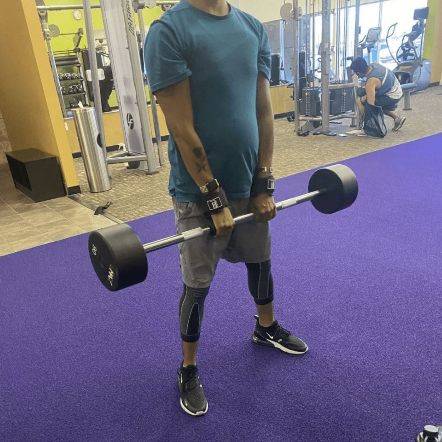

"One of the best purchases I've ever made. It fits your legs all the way from top to bottom, great snug fit, gives you support and definitely helps during rehab and training."
Rafael A.


"I had a minor elbow injury, and Koprez sleeve was super supportive and definitely helped me recover faster. I still use the sleeve to prevent further injury. So far, so good. Very comfortable and does not feel hot at all. Highly recommend!"
Corey B.


"It's really been a game-changer for me. It allows me to exercise a lot longer than I used to. Now my knees don't hurt, and they're not uncomfortable at all."
Mike P.


"Great product!!"
Harold
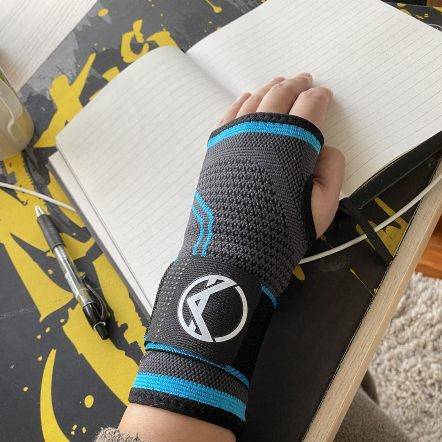

"I have carpal tunnel, and this brace has helped me work pain-free. Love the materials, and I can feel my wrists slowly getting better, even when I don't wear them!"
Christopher J.
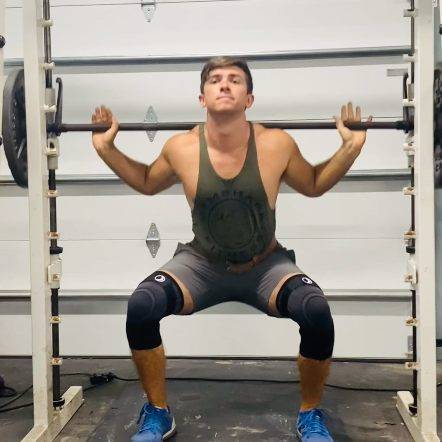

"I wanted to try out these sleeves to improve my squats and deadlift in the gym without worrying about injuring my knees. They stayed up throughout the entire gym session, and my knees feel super supported. Now I can do what I love for years to come. "
Corbin C.